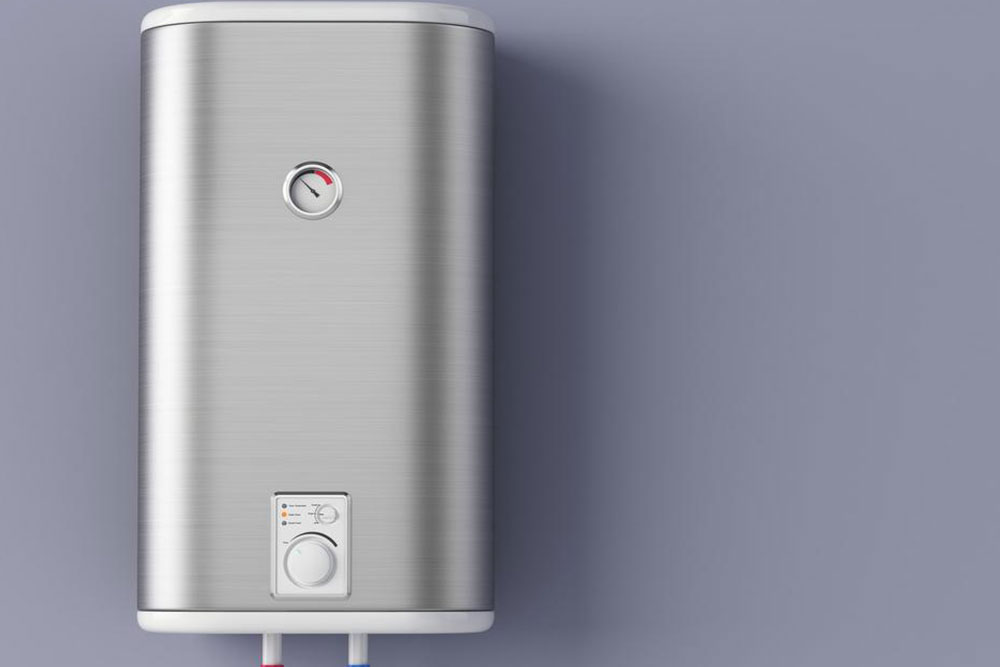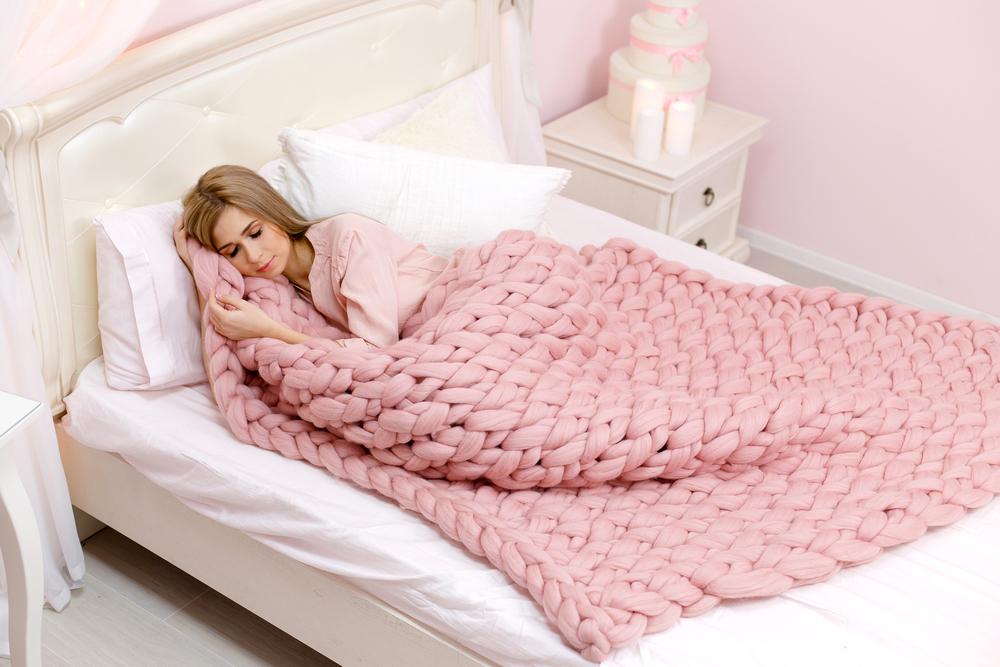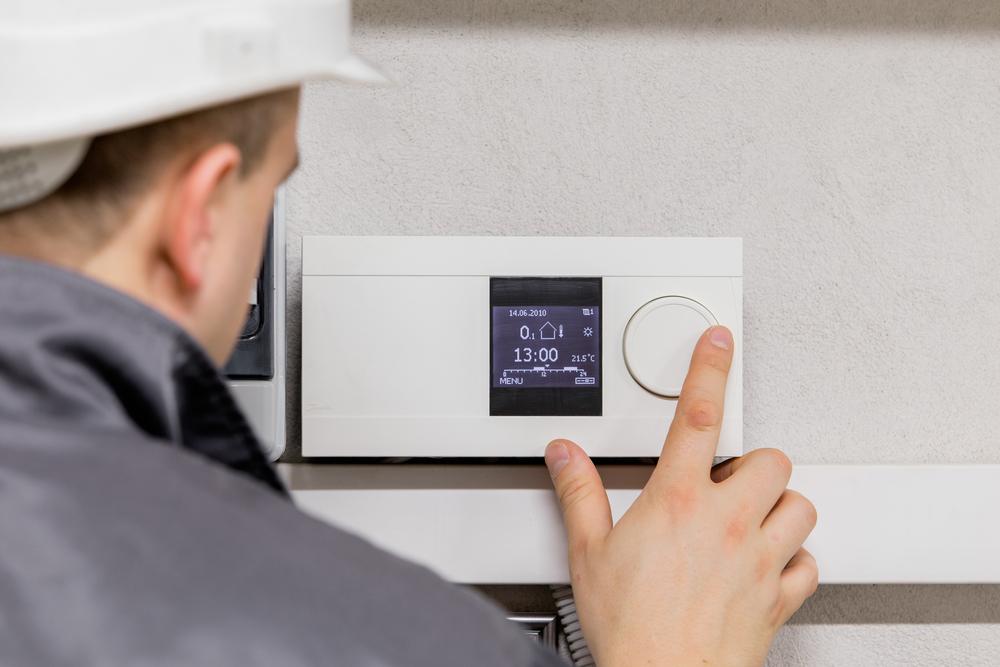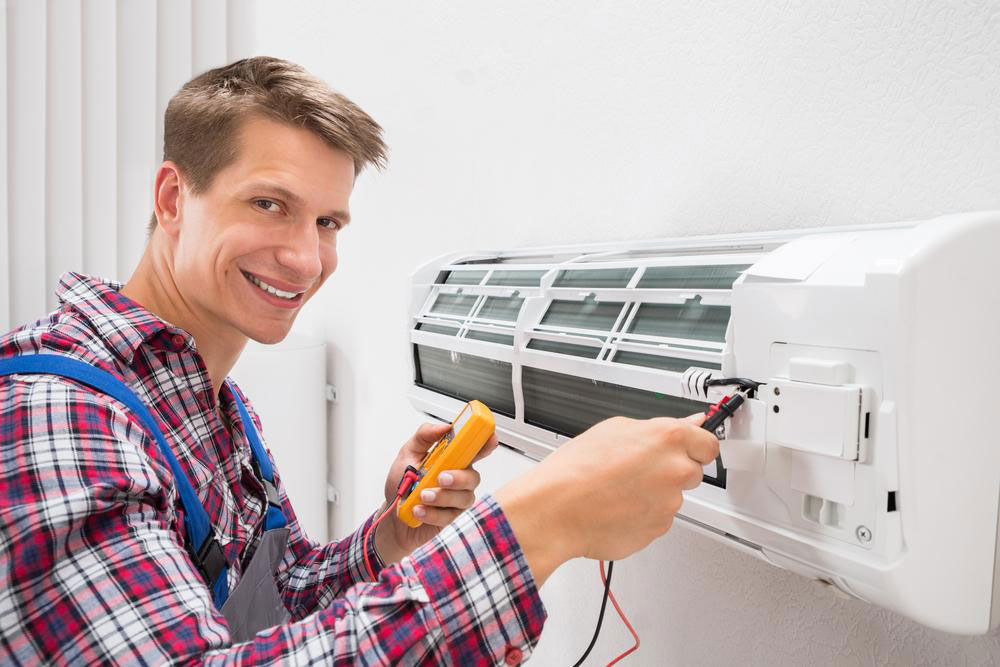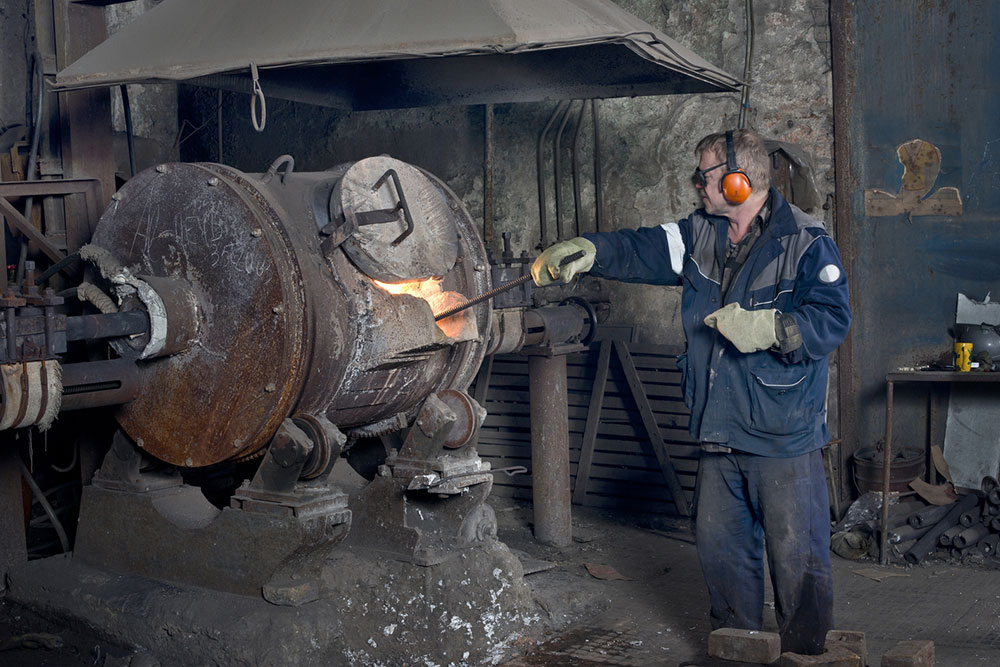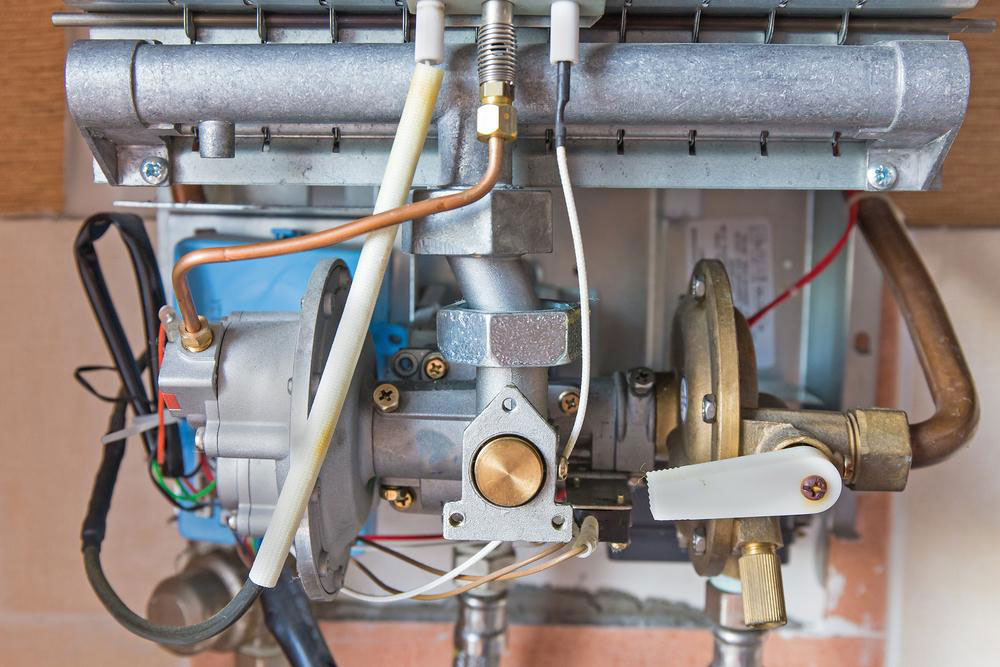Comprehensive Guide to Installing a Heat Pump for Maximum Efficiency
Discover comprehensive tips for installing a heat pump efficiently, whether DIY or professional, to maximize energy savings, safety, and performance. Learn about essential tools, installation steps, and maintenance advice to ensure your home stays comfortable year-round with this eco-friendly heating and cooling solution.
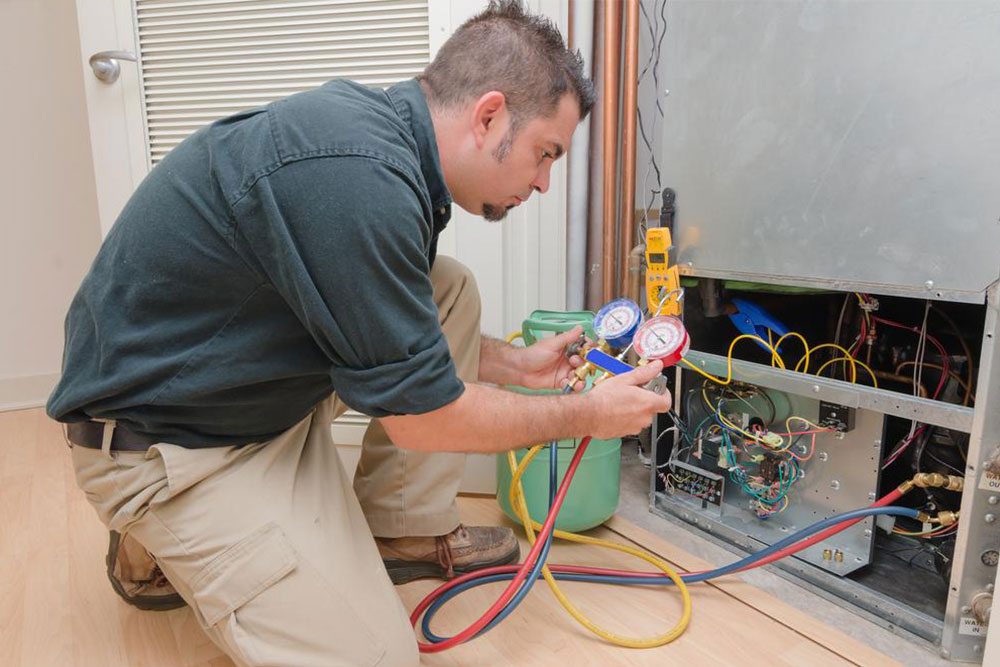
Comprehensive Guide to Installing a Heat Pump for Maximum Efficiency
As winter approaches and temperatures drop, ensuring your home stays warm and comfortable becomes a priority. One of the most reliable and energy-efficient solutions available today is installing a heat pump. These systems are increasingly popular among homeowners seeking an eco-friendly and cost-effective way to heat and cool their residences. However, the installation process involves several critical steps that determine the system's efficiency, safety, and longevity. Whether you are a DIY enthusiast or considering professional installation, understanding the key procedures is essential for a successful setup.
Heat pumps function by transferring heat from one location to another—absorbing heat from outside in winter to warm your home, and reversing this process during summer to cool your interior. Unlike traditional HVAC systems such as furnaces or boilers, heat pumps operate purely on electricity, making them a greener and more energy-efficient choice. They also provide the convenience of year-round climate control, which consolidates the need for separate heating and cooling units. Installing a heat pump can cost roughly $5,000 or more, but the long-term savings on energy bills and increased comfort often outweigh the initial investment.
While professional installation is strongly recommended for optimal results, experienced homeowners with DIY skills can undertake the process if they prepare adequately. Proper installation not only enhances performance but also safeguards against potential hazards. The main steps involve selecting suitable locations for outdoor and indoor units, mounting the outdoor condenser, installing the indoor air handler, and establishing reliable electrical and refrigerant connections. Proper wiring, secure mounting, and concealment of running cables ensure both safety and aesthetic appeal.
Efficiency is the hallmark of modern heat pumps, which are designed to distribute conditioned air evenly across your living space. They operate silently and with minimal maintenance. Modern models also feature smart technology that allows remote access and detailed system monitoring. The benefits extend beyond mere comfort; heat pumps can significantly reduce your monthly energy bills by utilizing less electricity compared to traditional heating systems. The initial setup, although technical, can be manageable with the right tools and knowledge, and often involves selecting the appropriate equipment size, preparing the installation site, and connecting refrigerant lines accurately.
To facilitate a successful installation, gather tools like cable ties, a drill, pliers, electrical tape, a level, and a wire stripper. These essential tools help secure components, ensure proper alignment, and facilitate safe electrical connections. When mounting the outdoor condenser, choose a location with good airflow, minimal debris, and protection from harsh weather. The indoor air handler should be installed in a central location within reach of existing ductwork or air distribution systems, ideally within 30 feet of the outdoor unit to optimize efficiency.
Additionally, conceal the wiring and refrigerant pipes to prevent accidental damage and improve aesthetic appeal. Ensure all electrical connections meet local safety codes, and consider hiring licensed professionals if electrical work is outside your expertise. Testing the system thoroughly before completing the installation guarantees safe operation and peak performance. Once installed, regular maintenance and timely inspections can prolong the lifespan of the heat pump and maintain its efficiency.
In summary, installing a heat pump is a worthwhile investment for homeowners seeking reliable heating and cooling solutions. Proper installation maximizes energy efficiency, reduces operational costs, and ensures safety. Whether you choose to DIY or hire professionals, understanding the key steps is vital. Accurate placement of the outdoor condenser, proper indoor unit installation, secure electrical and refrigerant connections, and careful concealment of wiring are essential components. With these considerations, your heat pump will serve your home effectively for many years to come, delivering comfort while saving energy and reducing environmental impact.
